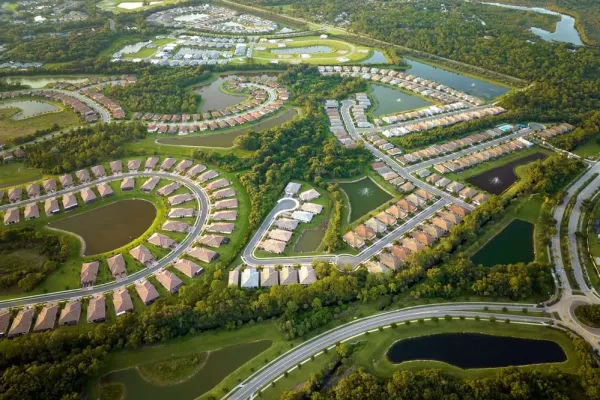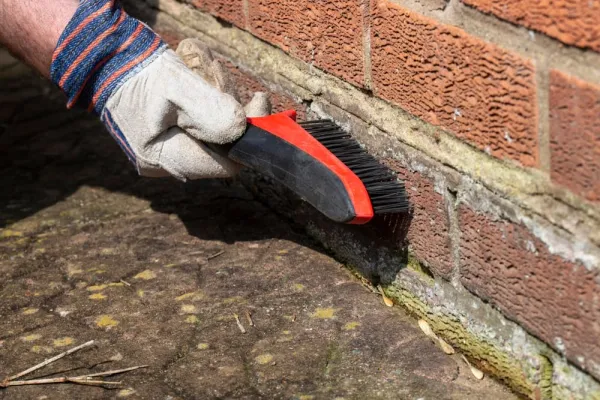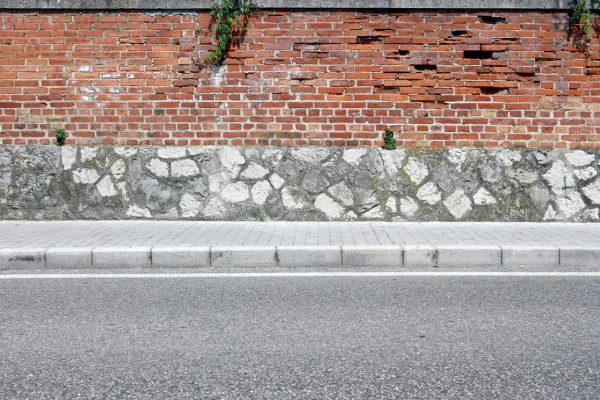Retirement villages are ideal for people over the age of 66. It allows you to live close to people at a similar stage of life.
You’ll have access to fabulous facilities and often do activities together.
In this blog, we’ve taken an in-depth look at retirement villages. Keep reading for all the details you need.
What are retirement villages?
A retirement village is a housing development designed for people over 55.
It often comes with excellent facilities for all residents to use. This typically translates into a higher fee to live there. Examples include:
- Swimming pool
- Tennis court
- Gym
- Pool table
- Library.
The goal of a retirement village is to create a sense of community. The people living there often become friends and do activities together.
It’s ideal for someone in later life, who still wants to be sociable and live independently.
Different types of retirement village
Some retirement villages operate differently to others. A village focused on ‘independent living’ means residents don’t automatically get direct care.
But they can pay for this as an extra add-on if they wish.
Another type of retirement village is ‘assisted living’.
This is when the residents live on the grounds of an existing care home. Care can be provided as and when it’s needed.
Some retirement villages offer ‘residential care’. This is aimed at people who can’t live in their own homes, even with home care services.
Lastly, retirement villages in the UK provide ‘respite care’. This is a short-term solution that gives respite to primary carers.
When the person’s in the village, they’ll have a new carer, so the previous one can take time off. This might be for a few months or even up to a year.
How common are retirement villages?
Data shows that roughly 90,000 people live in retirement villages in the UK.
Remember that the number of people living in a retirement property is much higher, at 440,000.
Retirement villages are commonly located in rural areas, away from major cities.
You’ll often find them on the outskirts of towns. Coastal areas are also popular for building these developments.
Some experts think communities and properties targeted at older people will become more common in the next few decades.
That’s because the UK has a rising age population. However, retirement villages are slowly becoming more expensive, pricing plenty of people out.
A simple online search should reveal all the retirement villages near you. You could also ask your council to point you in the right direction.
Are all retirement properties in a retirement village?
No. There are roughly 350,000 retirement properties in the UK that are outside of a retirement village. These are usually particular kinds of properties.
Bungalows is a common example of a retirement property not in a village.
The lack of stairs makes it accessible for someone with mobility issues. You’ll often find older people living there.
How much does it cost to buy a property in a retirement village?
Property in retirement villages are usually one- or two-bedroom flats.
The average price varies based on your location in the country. You can see the typical figures below:
- East Anglia: £265,825
- East Midlands: £242,639
- London: £753,757
- North of England: £260,029
- Yorkshire: £260,163
- South west: £331,871
- South east: £410,798
- West Midlands: £283,387.
How much does it cost to rent a property in a retirement village?
You’ll pay monthly if you want to rent a property in a retirement village.
The average price varies based on your region in England. You can see the typical numbers below:
- East Anglia: £1,793 per month
- East Midlands: £1,888 per month
- London: £4,011 per month
- North of England: £1,717 per month
- Yorkshire: £1,972 per month
- Southwest: £2,304 per month
- Southeast: £2,711 per month
- West Midlands: £2,176 per month
Keep in mind that you may come across extra fees for different levels of care or access to facilities.
If you want a personalised quotation, contact a nearby retirement village to look around their properties.
Are retirement properties losing their value?
Yes, there are plenty of instances where this is happening.
Data from the Elderly Accommodation Counsel shows that roughly half of retirement properties are sold at a loss.
Meanwhile, figures from Rightmove state that retirement properties take twice as long to sell.
Retirement properties can be challenging to sell because the target market is smaller.
Way less than half of the population are over 55 years old. And of those who fit these criteria, an even smaller percentage are interested in living in a retirement property.
Meanwhile, prices to live in a retirement village are going up. Cost of living crises and ongoing inflation makes it less affordable for ‘regular’ folk. It’s pricing lots of people out.
Advantages of living in a retirement village
Independence
You can keep a high level of independence when you live in a retirement village.
You’ll be able to choose a level of care that suits your needs – including none, if you wish. You can use the facilities by yourself and live as independently as you always have.
Sense of community
There’s also an excellent sense of community in a retirement village. Friendly people’ll surround you at a similar stage in life.
It’s a great chance to make new friends and take part in group activities.
Safety
Many people feel safer in a retirement village than living alone.
Security on the building is typically excellent. And you usually have paid staff who look out for you and aim to keep everyone safe and happy.
Convenience
All maintenance of the shared areas is taken care of for you. This is different to living on your own. And there’s care support available on-site if you need it.
Disadvantages of living in a retirement village
Cost
Retirement villages are expensive. Whether you’re paying monthly to ‘rent’ there, or you’ve bought a property, you’ll need to pay for the shared facilities and care support.
This can be tricky to save up for, especially if your income is limited.
You’ll be surrounded by people a lot of time.
Difficult transition
While lots of people like this idea, not everyone does. It can be a tricky transition if you’re used to living alone.
Retirement villages are often located outside of town, which can limit your options for going out. And if you’re not using the shared facilities, you might consider it unfair that you’re paying for them.
Not a good investment
If you buy a property in a retirement village, it isn’t always a safe investment.
If you’re not bothered about its value, then this isn’t a problem. But if you want it to increase in value and be profitable, there’s no guarantee this will happen.
















